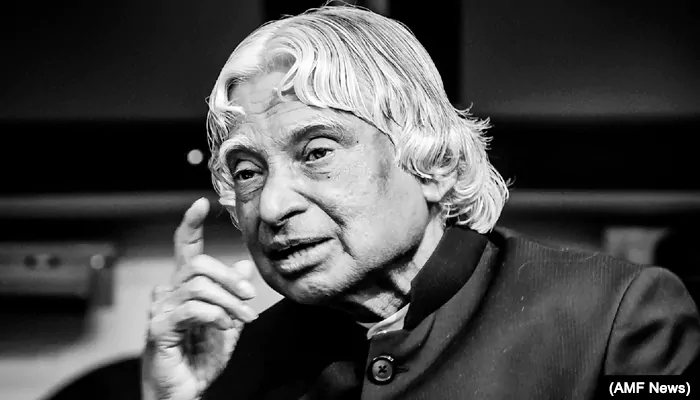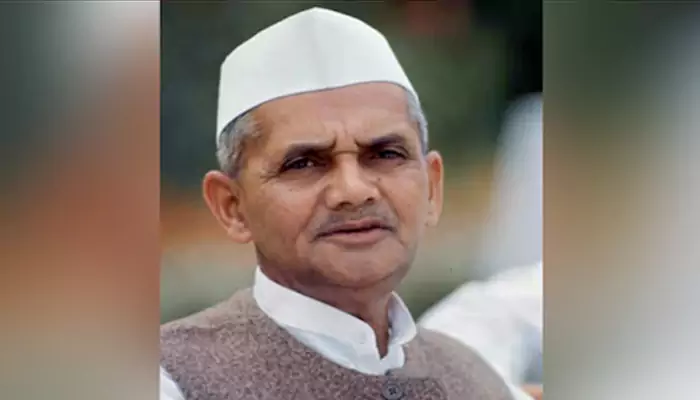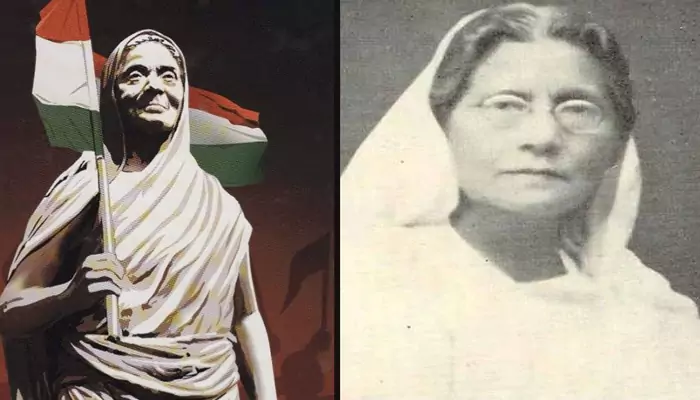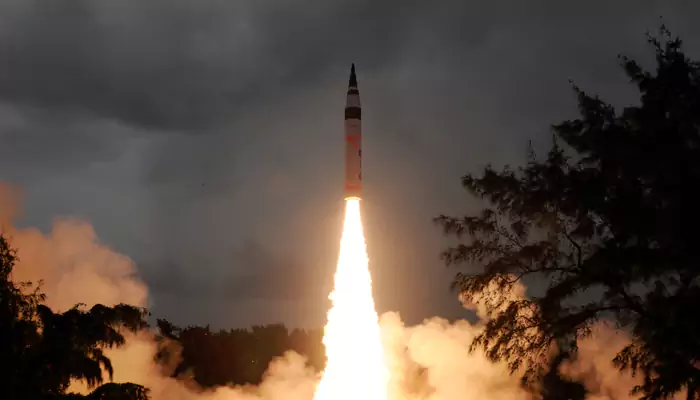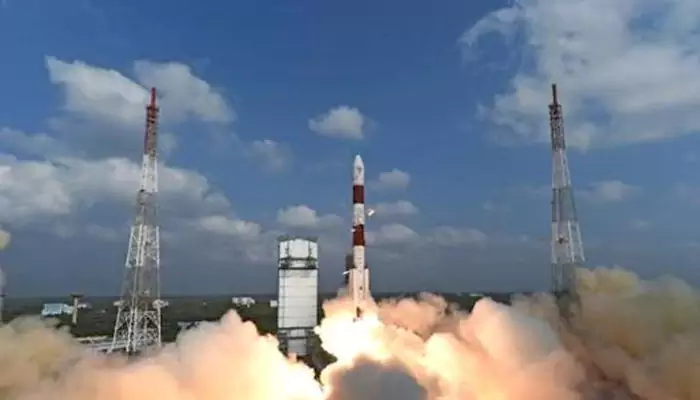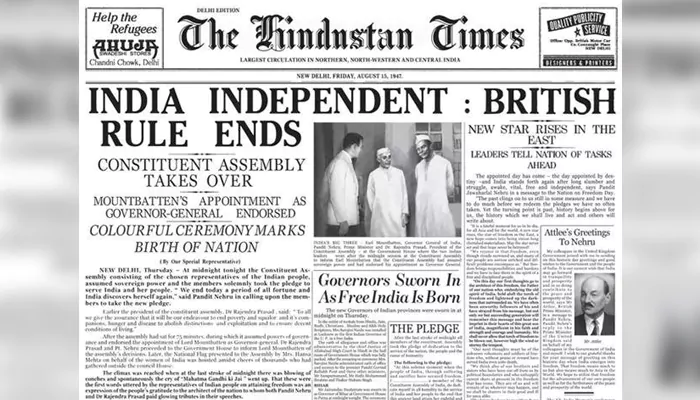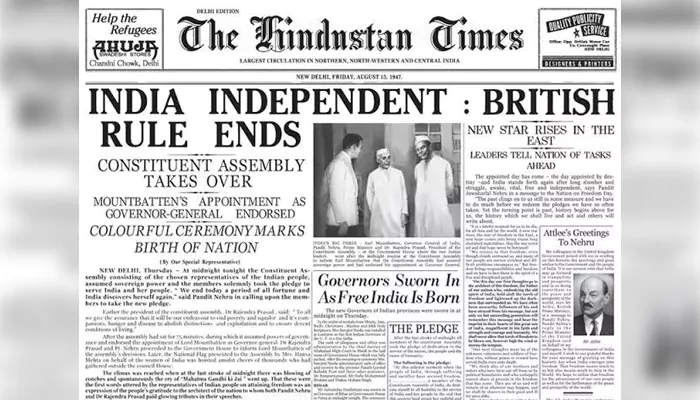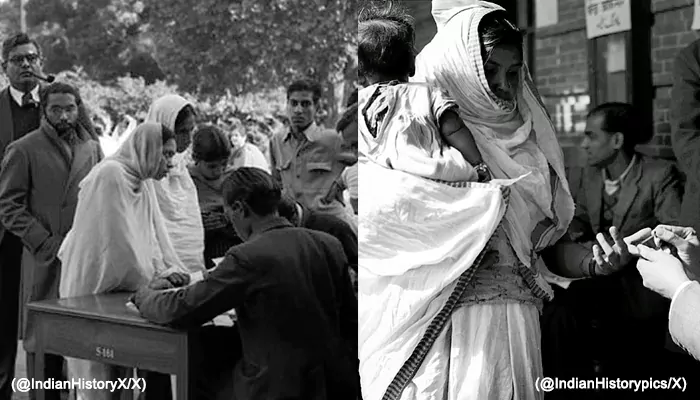UPSC 2024: From District Magistrate to Cabinet Secretary - Take a Look at the Salary Structures and Perks of IAS Officers
- Admin
- 1 year ago
- 4 minutes read

The UPSC Exam's appeal extends beyond the prestigious IAS cadre and its associated responsibilities to include the competitive pay scale it offers. The salary structure ensures equitable beginnings for all IAS officers, with steady progression through tenure and promotions.
Under the 7th Central Pay Commission's significant reform, the Civil Services, including the esteemed Indian Administrative Service (IAS), have seen an overhaul in their pay structure. The traditional 'Pay Grades' have been replaced by 'Consolidated Pay Levels,' focusing primarily on the 'Basic Pay.' This new system is supplemented by various allowances such as Travel Allowance (TA), Dearness Allowance (DA), and House Rent Allowance (HRA), ensuring a comprehensive compensation package for IAS officers.
Basic Pay and Progression
, and House Rent Allowance (HRA), ensuring a comprehensive compensation package for IAS officers..webp)
Initially, the basic salary for an IAS officer begins at Rs 56,100 per month. However, this figure is subject to adjustments based on seniority and the officer's designation. As an officer progresses through their career, their basic pay rises accordingly, in line with their increasing level of seniority and responsibilities. For example, the most senior IAS officer, the Cabinet Secretary of India, can receive a substantial monthly salary of up to Rs 2,50,000. This progression in salary reflects the evolving roles and responsibilities that come with advancing in the civil service hierarchy.
Salary Structure Across Levels
The salary structure of the Indian Administrative Service (IAS) is structured across different pay levels, each corresponding to a specific stage in an officer's career journey. Beginning at Level 10, which includes roles such as Sub-Divisional Magistrate, officers progress through the ranks with corresponding increments in their basic pay. The peak of this progression is Level 18, designated for the prestigious position of Cabinet Secretary of India. As officers advance in their careers, they not only experience growth in their responsibilities but also in their financial remuneration. This hierarchical system reflects the importance and complexity of the roles within the IAS, rewarding officers for their dedication and service to the nation.
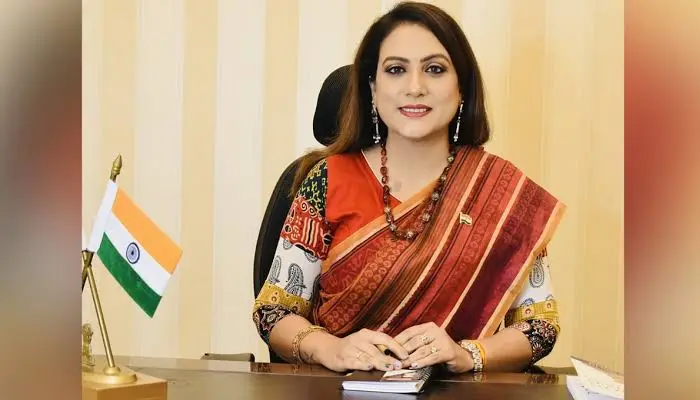
IAS Officer Sonal Goel
The journey of an IAS officer at Level 10 begins with a monthly basic pay of Rs 56,100. In the first 1-4 years of service, they assume the role of a Sub-Divisional Magistrate, actively involved in policy formation and grassroots administration. This period marks the foundational phase of their career, where they gain firsthand experience in governing and making critical decisions that impact communities at the local level. As Sub-Divisional Magistrates, they play a pivotal role in implementing government initiatives, addressing public grievances, and ensuring effective governance within their jurisdiction. It's a crucial stage where they learn the ropes of administration while contributing to the development and welfare of the society they serve.
Level 11-13
As officers progress in their service, there is a consistent growth in their basic pay. Moving to Level 11, the responsibilities transform into those of an Additional District Magistrate, with a corresponding basic pay of Rs 67,700. Continuing to advance, officers take on roles like District Magistrate and beyond, with earnings increasing to Rs 1,18,500 at Level 13. This incremental increase in pay reflects the escalating responsibilities and leadership roles undertaken by officers as they ascend through the ranks of the Indian Administrative Service.
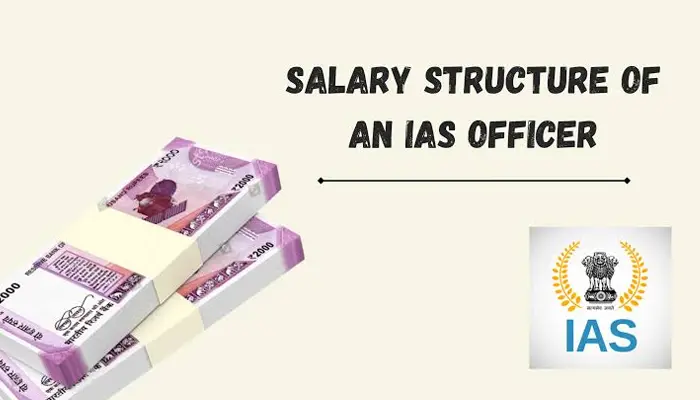
Level 14-15
At Level 14, the basic pay rises significantly to Rs 1,44,200, signaling the shift to positions such as Divisional Commissioner. Progressing to the pinnacle of Level 15 entails a basic pay of Rs 1,82,200, aligning with esteemed roles like
Level 16-18
Entering Level 16 in the IAS hierarchy symbolizes a significant juncture, marked by a basic pay of Rs 2,05,400. This advancement corresponds to assuming roles of immense responsibility, such as that of an Additional Chief Secretary. Levels 17 and 18 mark the apex of the IAS career trajectory, with basic pays escalating to Rs 2,25,000 and Rs 2,50,000, respectively. These stages represent the culmination of years of dedication and expertise, where individuals are entrusted with the highest echelons of governance. The progression through these levels underscores the profound impact and influence wielded by those in the upper echelons of the civil service.
Allowances and Perquisites
IAS officers receive various allowances and perks, besides their basic pay. These perks are tailored to their posting location and other factors. Allowances such as Dearness Allowance (DA), House Rent Allowance (HRA), and Transport Allowance (TA) are among the benefits provided. These allowances aim to ensure that officers can maintain a decent standard of living, considering the varying costs of living across different regions. Additionally, these perks help offset some of the expenses incurred by officers during their service. Overall, these allowances form an integral part of the compensation package for IAS officers, enhancing their overall welfare.

